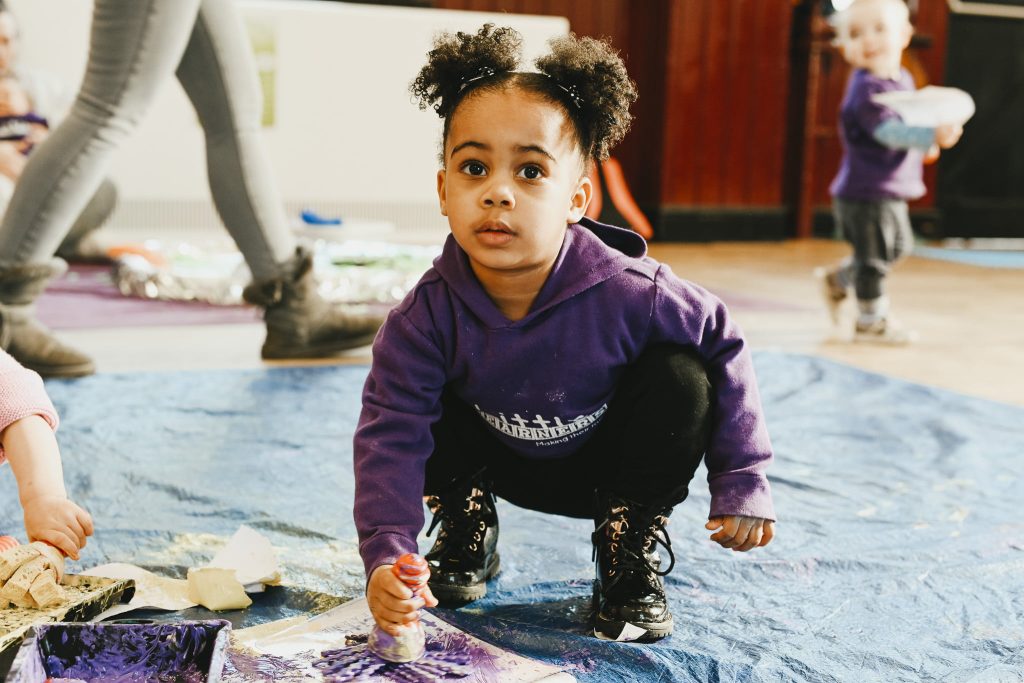Unlocking creativity in elementary school is essential for nurturing the next generation of innovative thinkers and problem-solvers. Young students possess a natural curiosity and desire to explore the world around them, and providing them with engaging learning experiences can enhance their creative thinking skills. Here are some resources and strategies for teachers and educators to unlock creativity in elementary school students:
Arts Integration
Integrating the arts into the curriculum is a powerful way to unlock creativity in students. Subjects such as music, visual arts, dance, and drama can be incorporated into lessons across disciplines to encourage students to express themselves in new ways. For example, students can draw their interpretation of a story they have read, create a song about a science concept, or act out historical events.
Project-Based Learning
Little Learner’s site involves students working on real-world projects over an extended period. This approach allows students to apply their knowledge to meaningful tasks, promoting collaboration, problem-solving, and critical thinking. Teachers can encourage creativity by providing open-ended projects where students have the freedom to choose their approach and present their findings in creative ways.

STEM Activities
STEM Science, Technology, Engineering, and Mathematics activities often involve hands-on, experiential learning that encourages students to experiment and explore. For example, students can build structures using everyday materials, code a simple video game, or conduct scientific experiments. These activities foster curiosity and creativity while also enhancing critical thinking skills.
Literacy and Writing Activities
Creative writing and reading activities can engage students’ imaginations and help them express their thoughts and ideas. Teachers can introduce creative writing prompts, encourage students to create their own stories, and provide opportunities for students to share their work with their peers. Reading diverse and imaginative literature can also inspire students and broaden their perspectives.
Collaborative Learning
Collaborative learning allows students to work together on projects, share ideas, and learn from one another. This approach promotes teamwork and communication skills while encouraging students to think creatively. Teachers can organize group activities such as brainstorming sessions, debates, or collaborative art projects.
Play and Gamification
Incorporating play and gamification into lessons can make learning more engaging and fun for students. Games can be used to reinforce concepts and encourage students to think creatively. For instance, teachers can use educational board games, digital learning apps, or role-playing activities to enhance learning experiences.
Creative Environments
Creating a classroom environment that supports creativity can help students feel comfortable expressing themselves. Teachers can arrange flexible seating, provide access to art supplies and maker spaces, and encourage students to personalize their learning spaces. This type of environment can foster a sense of ownership and encourage students to take creative risks.
Unlocking creativity in elementary school students is a rewarding and essential endeavor. By incorporating arts integration, project-based learning, STEM activities, literacy and writing activities, collaborative learning, outdoor and nature-based learning, play and gamification, and creative environments into the curriculum, teachers can provide students with the tools and experiences they need to thrive creatively. By nurturing students’ natural curiosity and imagination, educators can empower the next generation to think critically and innovatively.